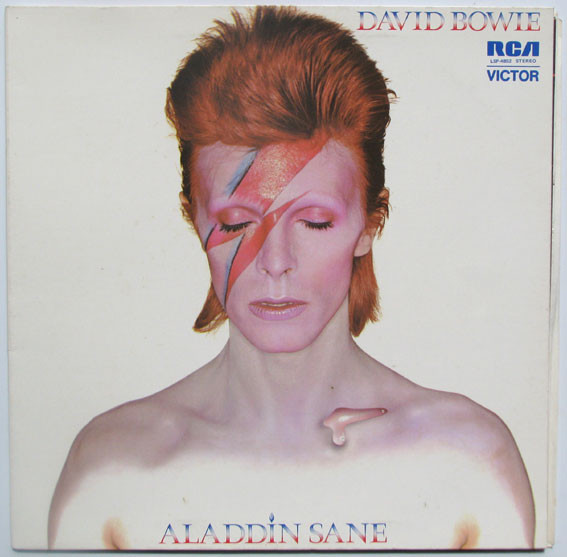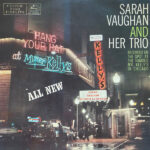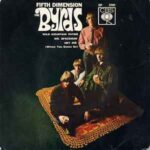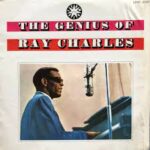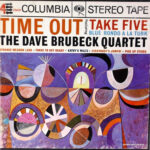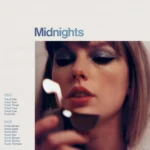 David Bowie’s “Aladdin Sane,” released in 1973, is a bold and eclectic album that further solidifies Bowie’s status as a visionary artist. Building upon the success of his previous album “The Rise and Fall of Ziggy Stardust and the Spiders from Mars,” Bowie delves deeper into his musical exploration, blending genres and pushing boundaries to create a sonic journey that is both captivating and thought-provoking.
David Bowie’s “Aladdin Sane,” released in 1973, is a bold and eclectic album that further solidifies Bowie’s status as a visionary artist. Building upon the success of his previous album “The Rise and Fall of Ziggy Stardust and the Spiders from Mars,” Bowie delves deeper into his musical exploration, blending genres and pushing boundaries to create a sonic journey that is both captivating and thought-provoking.
The album kicks off with the iconic title track, “Aladdin Sane (1913-1938-197?).” With its driving piano riffs, frenetic guitar solos, and Bowie’s enigmatic vocals, the song immediately grabs the listener’s attention. It sets the tone for the rest of the album, showcasing Bowie’s ability to seamlessly blend rock, glam, and avant-garde influences into a cohesive and distinctive sound.
One of the standout tracks is “The Jean Genie,” a gritty and infectious rock anthem. Driven by Mick Ronson’s raw guitar riffs and Bowie’s swaggering vocals, the song exudes a rebellious energy that is hard to resist. It’s a testament to Bowie’s knack for crafting catchy and memorable hooks while maintaining his artistic integrity.
Another notable track is “Lady Grinning Soul,” a hauntingly beautiful ballad that highlights Bowie’s introspective side. The lush orchestration, elegant piano melodies, and Bowie’s emotive vocals create a mesmerizing atmosphere that transports the listener into a world of melancholic beauty. It’s a poignant and captivating moment on the album.
Throughout “Aladdin Sane,” Bowie explores various musical styles and themes, from the glam rock swagger of “Panic in Detroit” to the jazzy experimentation of “Time” and the haunting balladry of “Drive-In Saturday.” The album is a melting pot of influences, showcasing Bowie’s versatility and willingness to take risks. His lyrics tackle a range of subjects, including fame, identity, and societal issues, adding depth and substance to the music.
Musically, “Aladdin Sane” features a tight and dynamic band, with Mick Ronson’s guitar work standing out as a driving force. His solos are masterful and expressive, adding a layer of intensity and excitement to the songs. The rhythm section, comprised of Trevor Bolder on bass and Mick Woodmansey on drums, provides a solid foundation and keeps the songs grounded.
Bowie’s theatricality and charisma shine through in his vocal performances, ranging from powerful and theatrical to vulnerable and introspective. His ability to embody different personas and convey a wide range of emotions adds depth and dimension to the album.
“Aladdin Sane” also showcases Bowie’s penchant for innovative production techniques. The album incorporates experimental elements, such as the use of synthesizers and unconventional studio effects, adding a futuristic and avant-garde edge to the music. It’s a testament to Bowie’s willingness to push boundaries and challenge traditional notions of rock music.
In summary, David Bowie’s “Aladdin Sane” is a captivating and genre-defying album that showcases Bowie’s artistic vision and musical prowess. Its eclectic blend of rock, glam, and avant-garde influences, combined with Bowie’s enigmatic persona and thought-provoking lyrics, make it a standout release in his discography. It’s an album that continues to inspire and influence artists to this day, a testament to Bowie’s enduring legacy as an innovator and icon of popular music.
This post has already been read 83 times!
